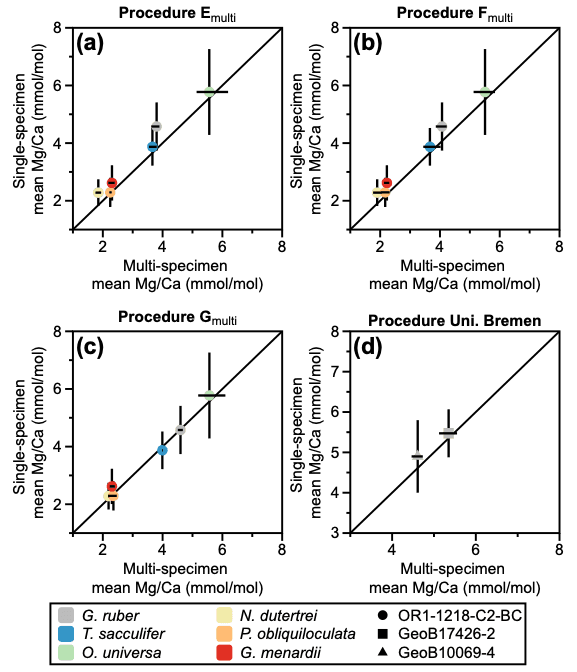Marine expedition and environmental monitoring often require the analysis of large numbers of samples for nutrients. This task typically relies on automated analyzers. Since the development of automated analytical methods in the 1970s, they have generally been categorized into three generations: the first generation—Air-Segmented Flow Analysis (ASFA), the second generation—Flow Injection Analysis (FIA), and the third generation—Sequential Injection Analysis (SIA). Each of these three generations has its own functionalities and characteristics, but they also share certain limitations. Some persistent technical issues remain unresolved, such as carrier flow dilution, signal tailing, bubble interference, and incomplete chemical reactions. In addition, these systems depend on precision pumps to drive liquids and reagents, resulting in high commercial prices and maintenance costs for the instruments.
Before his retirement, Professor Emeritus Su-Cheng Pai of our institute developed a new type of automated analytical method that cleverly overcomes the limitations of the previous three generations. The key innovation lies in integrating miniature pumps with multiple DC relays, ultimately combining the “liquid pathways” and “electrical control circuits” into a single “Integrated Electric-Liquid Manifold.” This new technology features a simple structure and low cost, yet delivers powerful performance. It effectively resolves challenging issues such as carrier flow interference, signal tailing, bubble interference, and incomplete chemical reactions.
This technology, named “step-flow autoanalysis” (StepFA), has been applied to the determination of nitrite, phosphate, and silicate in environmental waters, and has been in the ACS Omega journal of the American Chemical Society. Readers may refer to: Pai, S.C. A micro-peristaltic-pump-driven step-flow autoanalyzer: application to measurement of nitrite, phosphate and silicate, ACS Omega, 2025, 10, issue 25, 27491-27500。DOI: 10.1021/acsomega.5c03305

Figure 1. The step-flow autoanalyzer can be operated on a self-service basis

Figure 2 The electric-liquid-integrated manifold









